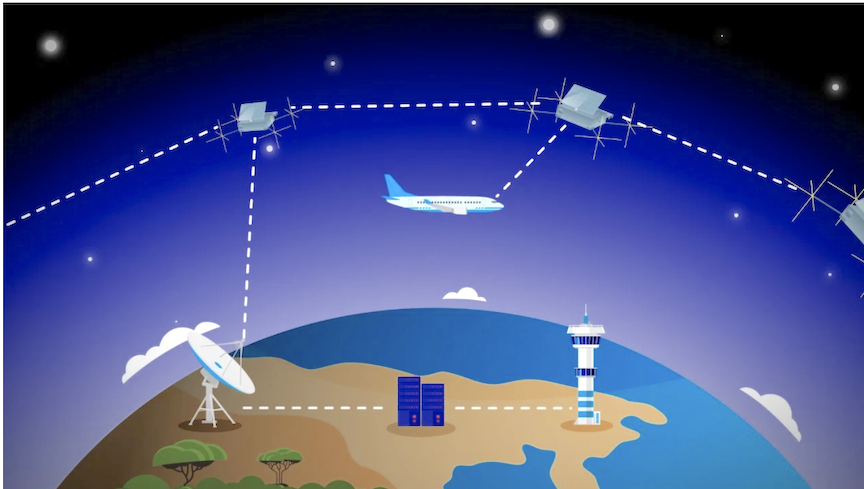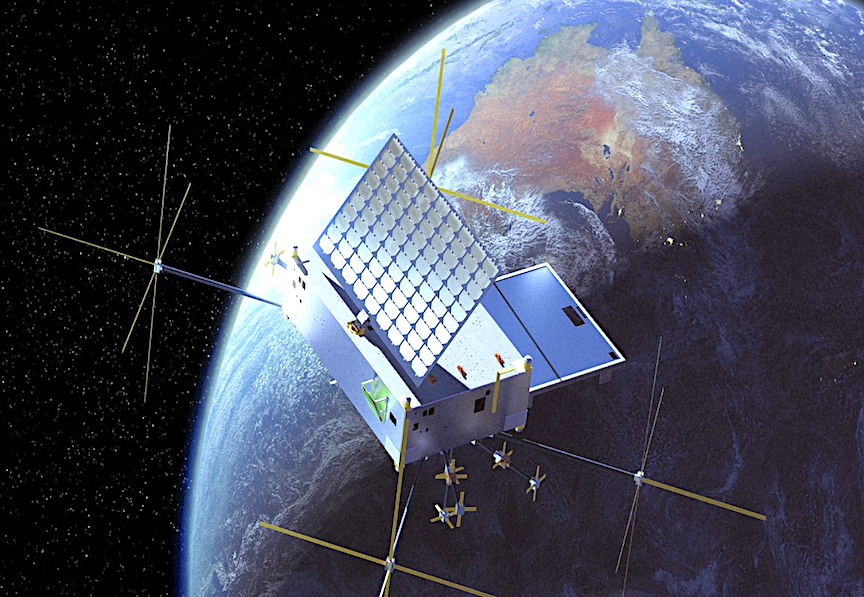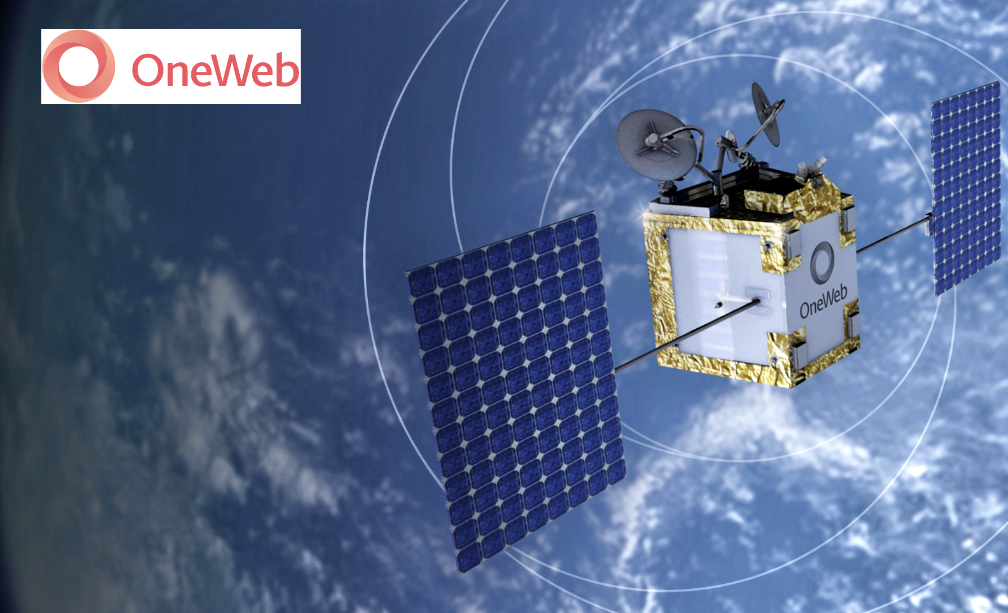

A world first trial of space-based VHF voice communications has been successfully completed by Skykraft as part of their development of satellites to provide space-based aviation communications and surveillance services. This trial supports the work on operational space-based aviation VHF services leading up to the World Radio Congress 2023 (WRC-23).
Voice radio communications in the VHF band are used for communications between pilots and air traffic controllers. VHF radios are standard aircraft equipment around the world and are vital in ensuring the safety of air travel. Currently, VHF voice communications services are only available when the aircraft is within range of a ground-based radio. This means that large areas of the Earth’s surface, including much of the world’s oceans, are not covered.

Skykraft’s trial of space-based voice communications in the VHF aviation band demonstrates the feasibility of satellite communication directly with aircraft using existing equipment. The use of satellites in place of ground-based radio systems will enable global real-time communications between pilots and air traffic controllers for the first time.
The testing took place in the southern area of Australia’s Flight Information Region. Skykraft worked in collaboration with Airservices Australia to implement appropriate test protocols that ensured that there was no interference to the operational Air Traffic Management (ATM) system.
“We are proud to have taken another step to bringing this world-first capability to market,” said Dr. Michael Frater, CEO of Skykraft.

“VHF voice and data communication that covers the entire extent of an aircraft’s journey is the missing piece for Air Traffic Management and will unlock efficiency gains globally.”
The five satellites used for this trial of VHF voice services have undergone six weeks of successful operational testing prior to the trials of space-based ATM services. Skykraft’s initial constellation continues to be under rapid development with two launches already in 2023, and more planned for 2024.
“The success of the current round of test activities is a tribute to the capabilities of the engineering team at Skykraft. We recognized the need to deliver these space-based ATM services to ANSPs (Air Navigation Service Providers) as soon as possible and our team of engineers, project managers andtechnicians has delivered” noted Mark Skidmore, Chair of Skykraft.
Skykraft’s Air Traffic Management Constellation
Skykraft is developing a constellation of more than 200 satellites in low-Earth orbit to provide global ATM services from space, providing:
- Surveillance services using ADS-B and UAT.
- Multilateration services for:
- validation of ADS-B and UAT messages received from aircraft, and
- independent aircraft position data in the event of GNSS failure.
- VHF voice communications.
- VHF data communications.
Skykraft’s initial constellation will enter service in 2025.
A highlight of Skykraft’s next space mission in Q2 2024 will be a demonstration of multilateration to provide independent aircraft position data in the event of GNSS failure.








